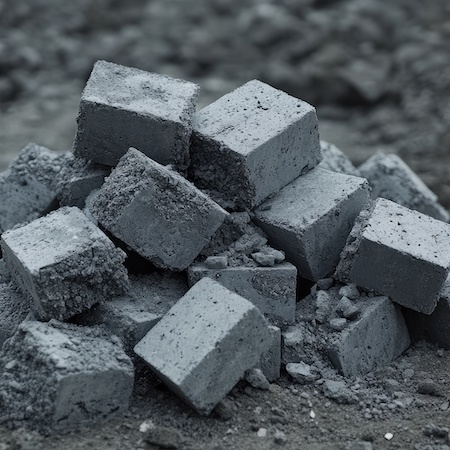The World Resources Institute (WRI) has warned that the new climate commitments made by countries at the UN Secretary-General’s Climate Summit this week do not go far enough. As the NHS continues on its own journey towards net zero by 2040, this climate summit, setting emissions targets through 2035, is a critical waypoint on the path to net zero by mid-century.
Ani Dasgupta, President & CEO of WRI says: “We cannot sugarcoat it: these new climate plans do not put us anywhere near on track for a safe future. The lack of ambition from most major emitters so far, barring a few, underscores the immense political challenge countries face of transforming their entire economy. Yet vulnerable countries continue to step up with bold climate leadership.”
To stay on track for the target of just 1.5 degrees centigrade warming, the world needs to cut 31.2 gigatons of emissions by 2035, but based on current announcements, emissions would reduce by just two gigatons. The impact on health of a warming climate are significant, with more frequent and intense heatwaves, wildfires, storms and floods.
“The stakes could not be higher. Climate-related disasters cost the world at least $300 billion in 2024 alone, and without stronger steps these losses will continue to escalate. By COP30, all countries must present a clear response and double down on solutions within our grasp to cut emissions and build adequate resilience.”
Better infrastructure for urban cooling effect
Recent briefings by WRI have focused on mitigation steps for the built environment and particularly urban areas, to utilise urban infrastructure to keep people cool, without resorting to energy-intensive air conditioning.
Many hospitals are in urban areas, and even those that aren’t have sufficient built infrastructure to benefit from some of these simple cooling solutions. The key, WRI advises, is to focus on “surface infrastructure,” which is where the physical built environment and the atmosphere interact. Therefore, simple changes to surfaces, such as painting roofs white or planting trees, can have a surprisingly big impact on temperatures. “It’s a matter of knowing how and where to use these solutions,” says the WRI.
Solutions include:
• Reflecting sunlight from surfaces – dark surfaces tend to absorb energy, whereas white or reflective surfaces have the opposite effect. Reflecting the energy back into the atmosphere does not cause warming, whereas when surfaces absorb energy it is re-emitted as heat.
• Introducing shade with trees, awnings, shelters and covered walkways prevents sunlight being absorbed by the ground and has a cooling effect.
• Green spaces cool the air by releasing water, so consider green roofs, green spaces and permeable pavements, which have gaps through which the water can evaporate.
• Bodies of water absorb heat during the day without much change in temperature and release stored heat very slowly at night, creating thermal delay; including water areas helps to mitigate the impact of surfaces such as asphalt that warm dramatically during the day and release heat into the night keeping built-up areas sweltering.
Toolkit to protect against extreme heat
WRI suggests that these solutions form a flexible toolkit that those managing a built environment can use to achieve their goals for heat resilience, reducing the hazard presented by excess heat and protecting people as the climate warms.










